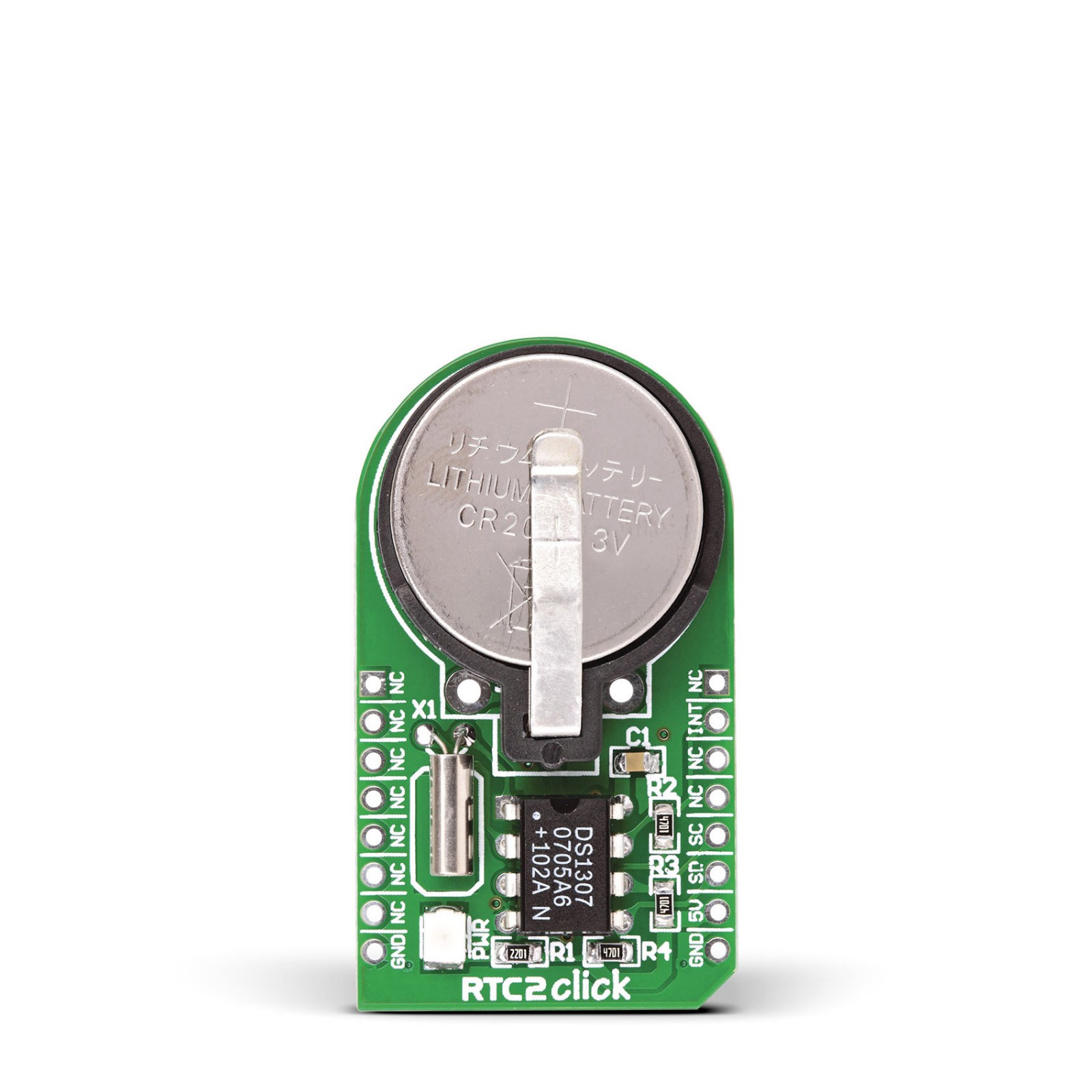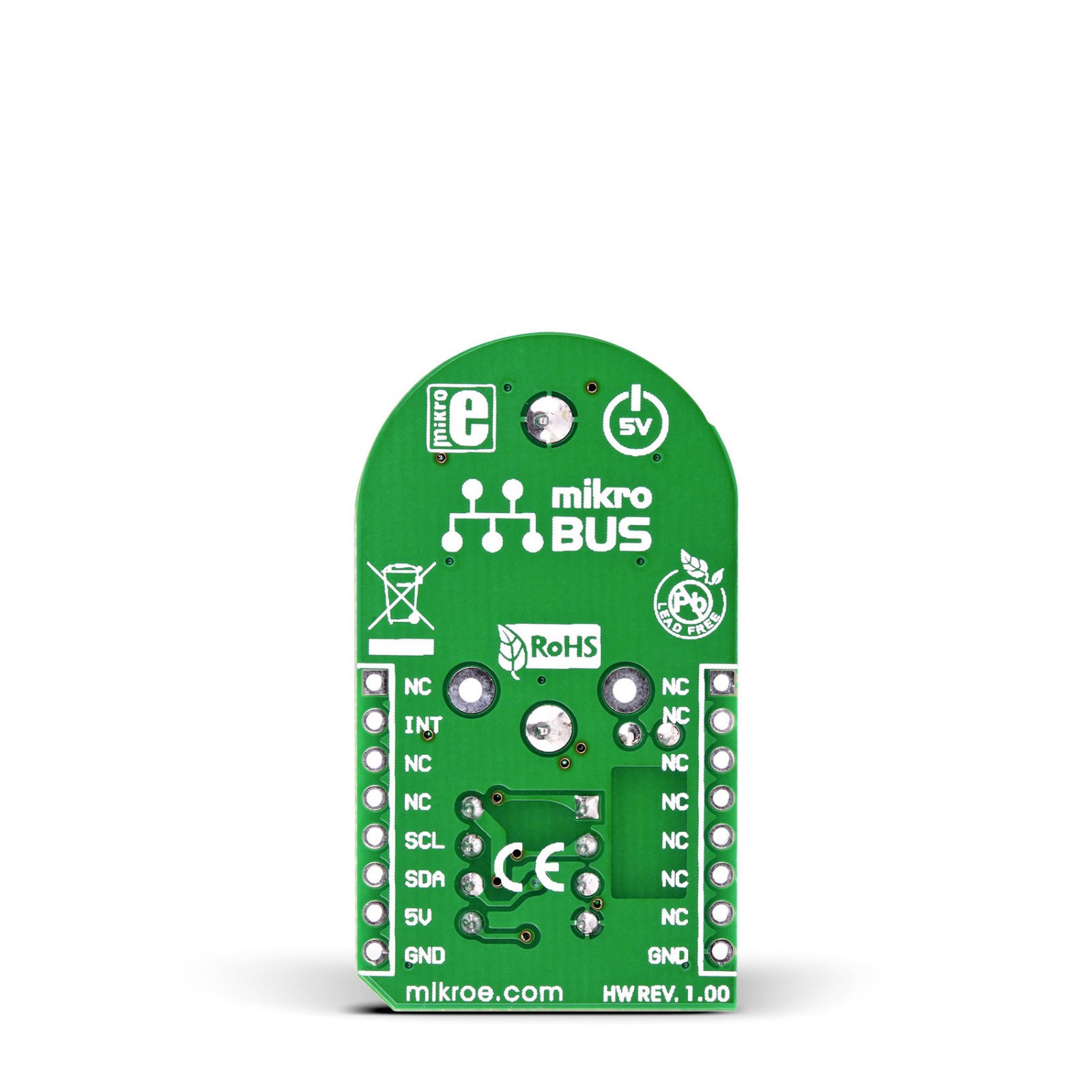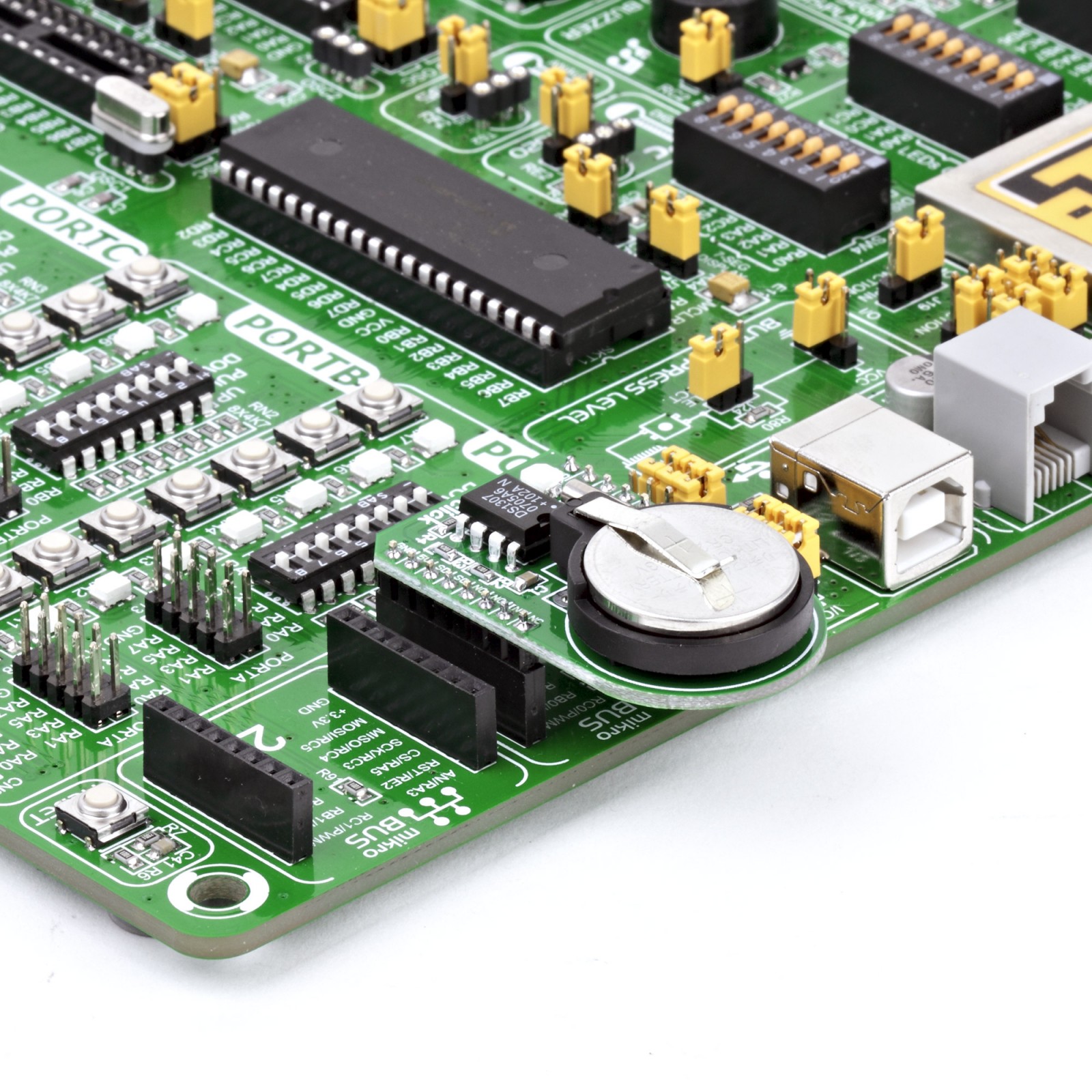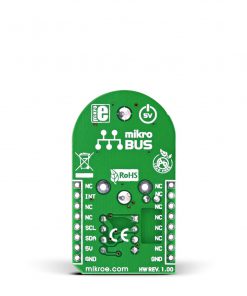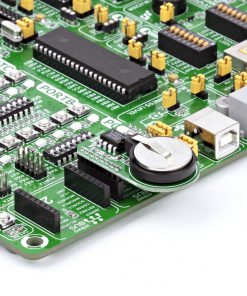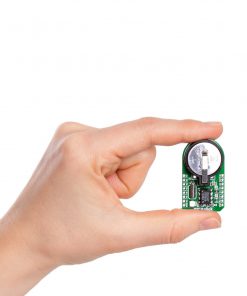RTC 2 Click
R475.00 ex. VAT
RTC 2 Click is a compact add-on board that keeps track of time in various applications. This board features the DS1307, a 64×8 serial I2C Real-Time clock from Analog Devices. The RTC 6 Click tracks hours, minutes, seconds, days, months, years, and weekdays, with leap year compensation until 2100. The clock frequency is derived from an onboard 32.768KHz crystal oscillator, and a coin-cell Lithium battery supplies backup power. This Click board™ makes the perfect solution for developing the IoT, wearable and portable devices, logging devices, industrial and health-related time metering applications, and all the other applications that require an accurate time base for various purposes.
RTC 2 Click is supported by a mikroSDK compliant library, which includes functions that simplify software development. This Click board™ comes as a fully tested product, ready to be used on a system equipped with the mikroBUS™ socket.
Stock: Lead-time applicable.
| 5+ | R451.25 |
| 10+ | R427.50 |
| 15+ | R403.75 |
| 20+ | R388.55 |

